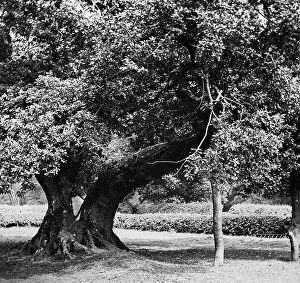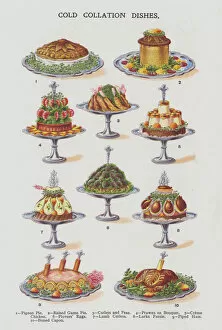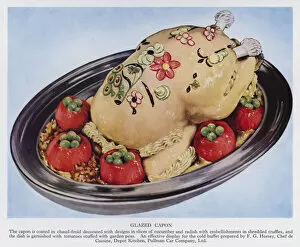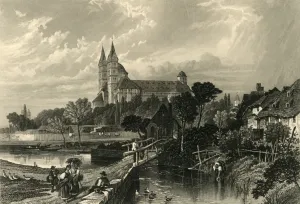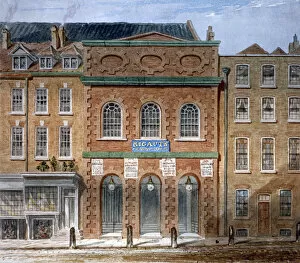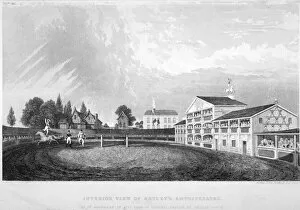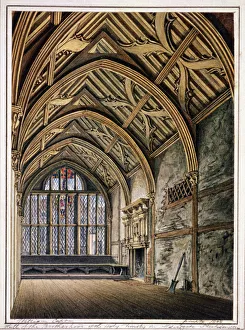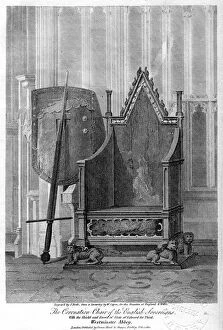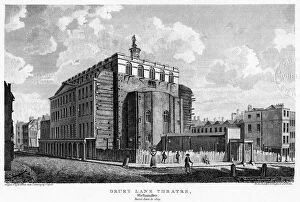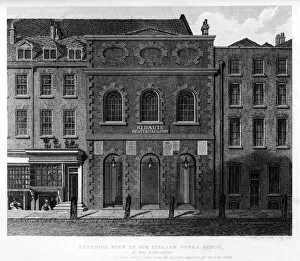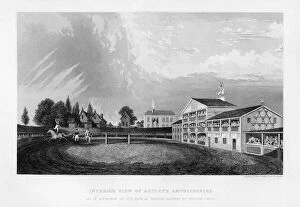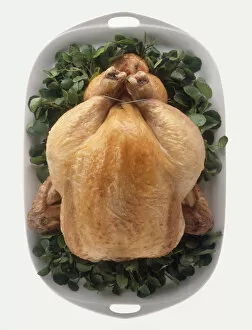Capon Collection
"The Capon Tree in Jedburgh: A Victorian Era Delight" Step back in time to the Victorian period and indulge in the exquisite flavors at The Capon Tree
All Professionally Made to Order for Quick Shipping
"The Capon Tree in Jedburgh: A Victorian Era Delight" Step back in time to the Victorian period and indulge in the exquisite flavors at The Capon Tree, a renowned establishment nestled in the charming town of Jedburgh. As you enter this culinary haven, be prepared to feast your eyes on an array of tantalizing entrees beautifully depicted in chromolitho prints. Take a moment to savor the sight of Cold Collation Dishes captured with stunning detail, showcasing their intricate presentation and mouthwatering appeal. Among these delectable dishes is the glazed capon, its golden skin glistening under the expert touch of W. H. Capon's lens. While exploring historical London landmarks such as Kings Theatre and Astleys Amphitheatre, one cannot help but imagine indulging in a sumptuous meal at The Capon Tree. Picture yourself enjoying a delicious capon dish after an evening filled with enchanting opera performances or thrilling equestrian shows. For those seeking cultural immersion within London's iconic Palace of Westminster, let your imagination wander through the Interior view of Painted Chamber from 1817. Transport yourself further into history by envisioning Sir Christopher Wren's dwelling house in Southwark during 1820 - perhaps even relishing a succulent capon meal within its walls. The allure of The Capon Tree extends beyond its culinary delights; it represents an era when fine dining was elevated to an art form. So next time you find yourself yearning for both gastronomic pleasure and historical charm, make sure to visit The Capon Tree - where tradition meets exceptional taste.


